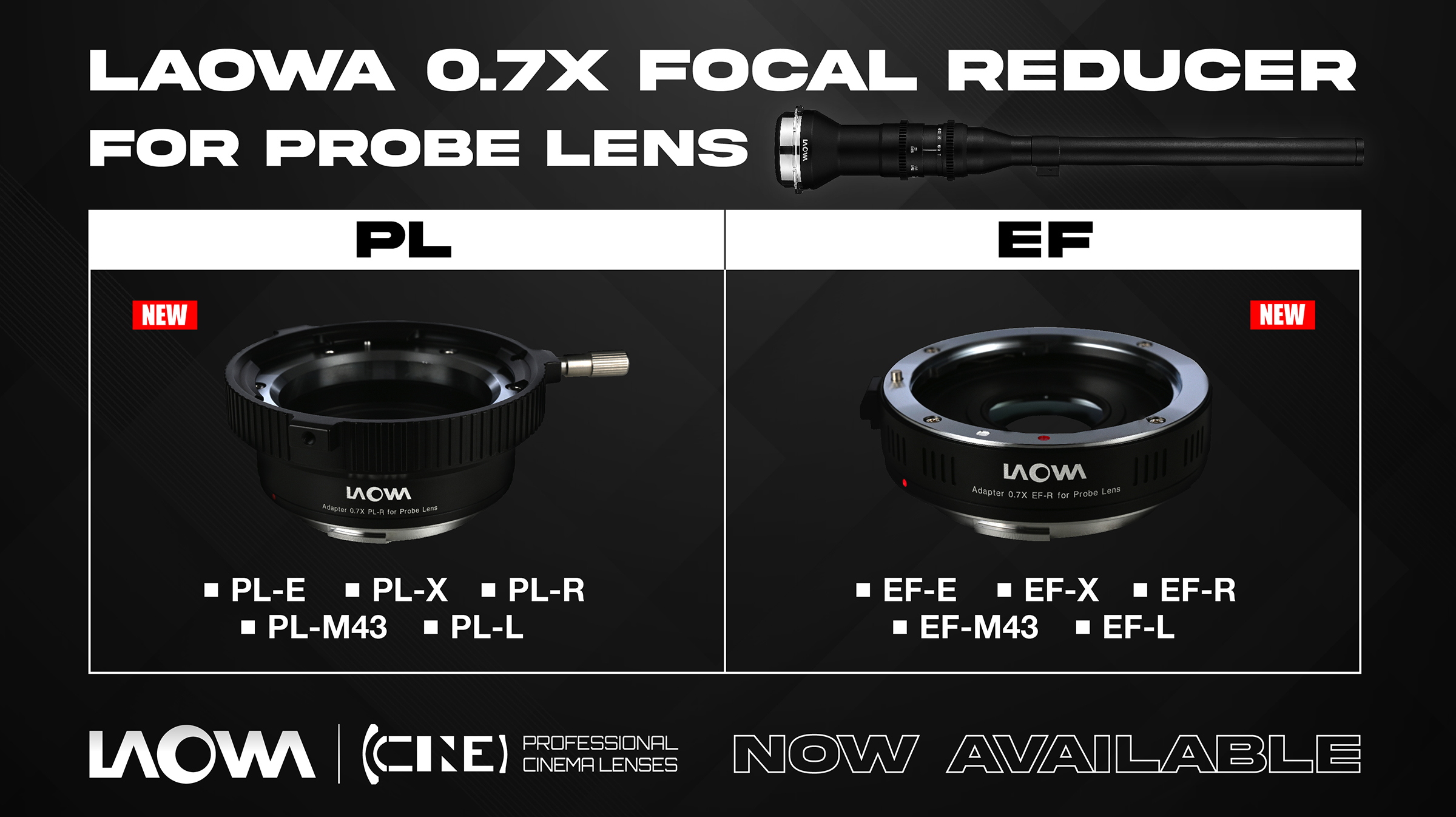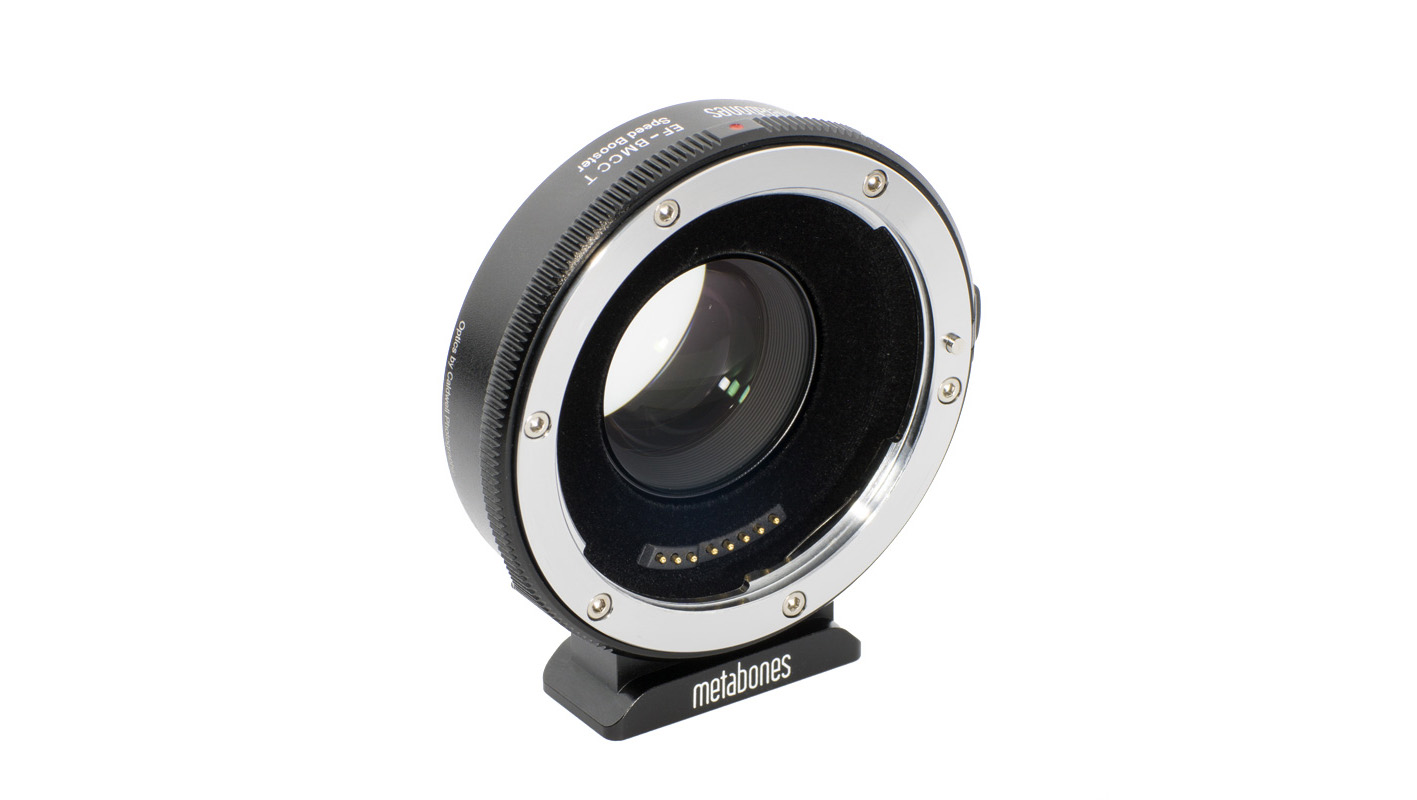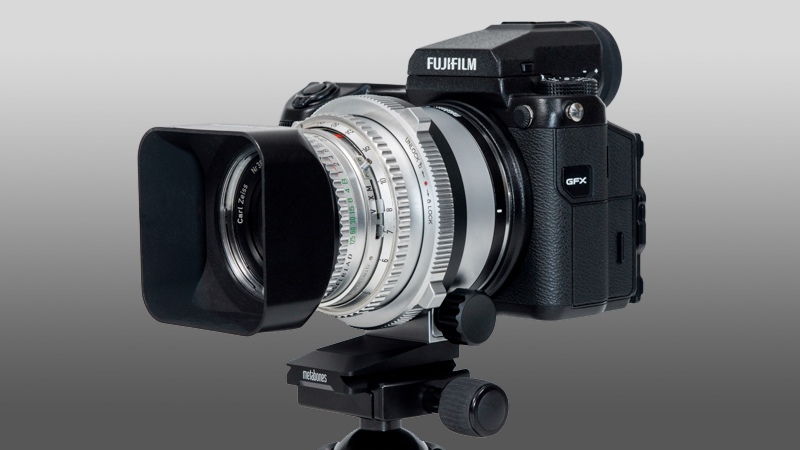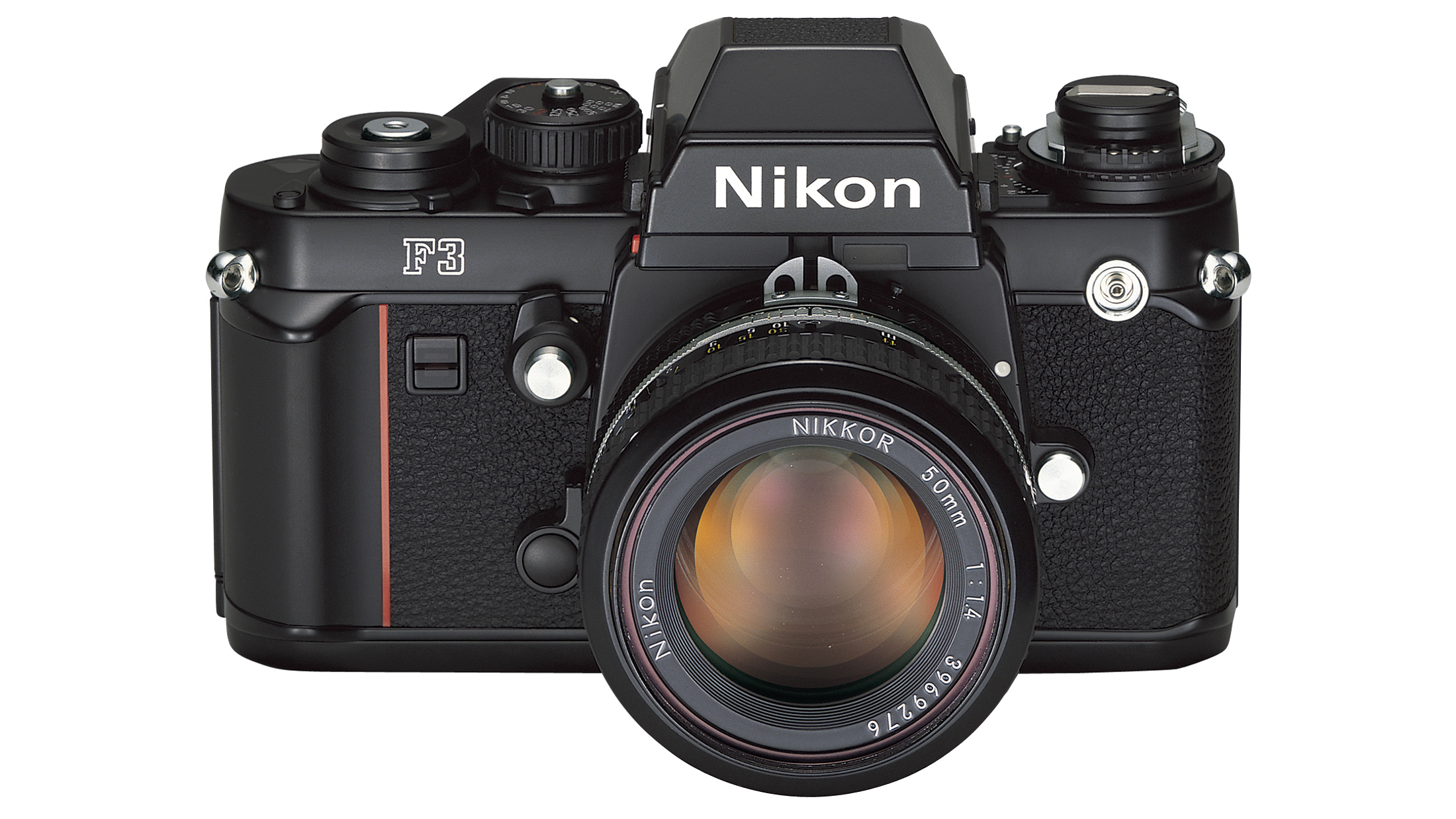Laowa just launched a 0.7x ’speedbooster’, but what are they and how do they work?
The most famous speedboosters come from Metabones, but other companies have seized on this clever optical trick

The new Laowa 0.7x Focal Reducer for 24mm f/14 2X Macro Probe is designed specifically for the company's highly specialized Probe lens, so it's not exactly a mainstream accessory.
However, it does show that Laowa is thinking along these lines, so we can only hope that this Chinese company brings its same optical quality and value for money to this fascinating type of lens adapter.
Laowa is calling it a 'Focal Reducer', but these gadgets are also known generically as 'speedboosters'. These two concepts sound poles apart, but they're really two sides of the same coin. Laowa's 24mm Probe lens is for full frame cameras, but its new Focal Reducer reduces its magnification and image circle to provide the same effective focal length on an APS-C camera. This reduction process also increases the effective maximum aperture, as far as exposure is concerned, to an effective f10 from f/14.
Both things sound too good to be true and ever so slightly impossible, but they're not. Physically, a speedbooster is like any lens adapter that allows you to use a larger format lens on a smaller format body. The typical example is when you want to use a full frame lens on an APS-C camera. The difference is the optical compression.

How regular lens adapters work
There are plenty of regular non-optical lens adapters that let you mount a larger format lens on a smaller format body, including many from the camera makers themselves.
However, straight adapters like these highlight some issues. First, there’s the ‘crop factor’ of using a full frame lens (say) on an APS-C, or ‘crop’ sensor. The smaller sensor is only capturing part of the lens’s angle of view, so what you get in practice looks like a longer focal length lens.
The crop factor of full frame lenses on APS-C cameras is about 1.5, so a 50mm full frame lens looks like a 75mm lens on an APS-C camera. That’s a real issue with wide-angle and standard lenses – full frame lenses just aren’t ‘wide’ enough for APS-C cameras.
Get the Digital Camera World Newsletter
The best camera deals, reviews, product advice, and unmissable photography news, direct to your inbox!
That’s bad enough, but something else is happening. By wasting some of the lens’s image circle, you’re also wasting a lot of its light-gathering power. A 50mm f/1.8 full frame lens still gives you an f/1.8 aperture on an APS-C camera, but what if there was some way to capture more of that wasted light?

How speedboosters work
So what speedboosters do is rather clever. Regular lens adapters have no glass in them – they are purely physical lens mount adapters.
But speedboosters contain an optical system that ‘squashes’ the larger image circle of the lens into a smaller one to suit the smaller camera’s sensor. This gives two major benefits:
1. You don’t get a ‘crop factor’, so your 50mm lens still gives a 50mm angle of view even on the smaller camera sensor.
2. Because the lens’s whole image circle is used, the light is effectively concentrated to give greater illuminating power, so you get an apparent maximum aperture increase too, though this simply relates to exposure, not depth of field.
You don’t just get your angle of view back, but you get a faster lens too! It sounds like magic, but hopefully the explanation above helps to show how this can actually work.
Speedbooster limitations
First, speedboosters are lens adapters, so you can only use them with cameras that have extra back-focus distance to allow for the thickness of the adapter. In practice, this limits them mostly to DSLR lenses on mirrorless cameras.
Second, speedboosters only work when you’re shrinking the image from a larger format lens on to a smaller format sensor, so this further limits their use to APS-C cameras, typically – though the movie indjustry is still heavily orientated towards the Super35 format (close to APS-C in size), so speedboosters are very interesting for videographers.
Third, speedboosters introduce another optical element behind the lens, so this may or may not have a visual impact on image quality.
There’s a fourth thing. Metabones is the company that practically invented the concept (in fact it invented the name 'speedbooster'), but its speedboosters are not cheap.
So if Laowa does get in on the act and starts producing its own speedboosters, we will definitely be interested. The one thing you can say about Laowa is that you get a lot of optical quality for not a lot of money.
- Billingham launches Eventer MKII for mirrorless systems and mid-size DSLRs
- Fujifilm set to increase prices on 01 April by as much as 164%
- Annie Leibovitz joins campaign to create free, diversity-driven travel photo library
- Should I sell my RED? Kinefinity launches 6K full frame camera with Pro Res & RAW!

Rod is an independent photography journalist and editor, and a long-standing Digital Camera World contributor, having previously worked as DCW's Group Reviews editor. Before that he has been technique editor on N-Photo, Head of Testing for the photography division and Camera Channel editor on TechRadar, as well as contributing to many other publications. He has been writing about photography technique, photo editing and digital cameras since they first appeared, and before that began his career writing about film photography. He has used and reviewed practically every interchangeable lens camera launched in the past 20 years, from entry-level DSLRs to medium format cameras, together with lenses, tripods, gimbals, light meters, camera bags and more. Rod has his own camera gear blog at fotovolo.com but also writes about photo-editing applications and techniques at lifeafterphotoshop.com
